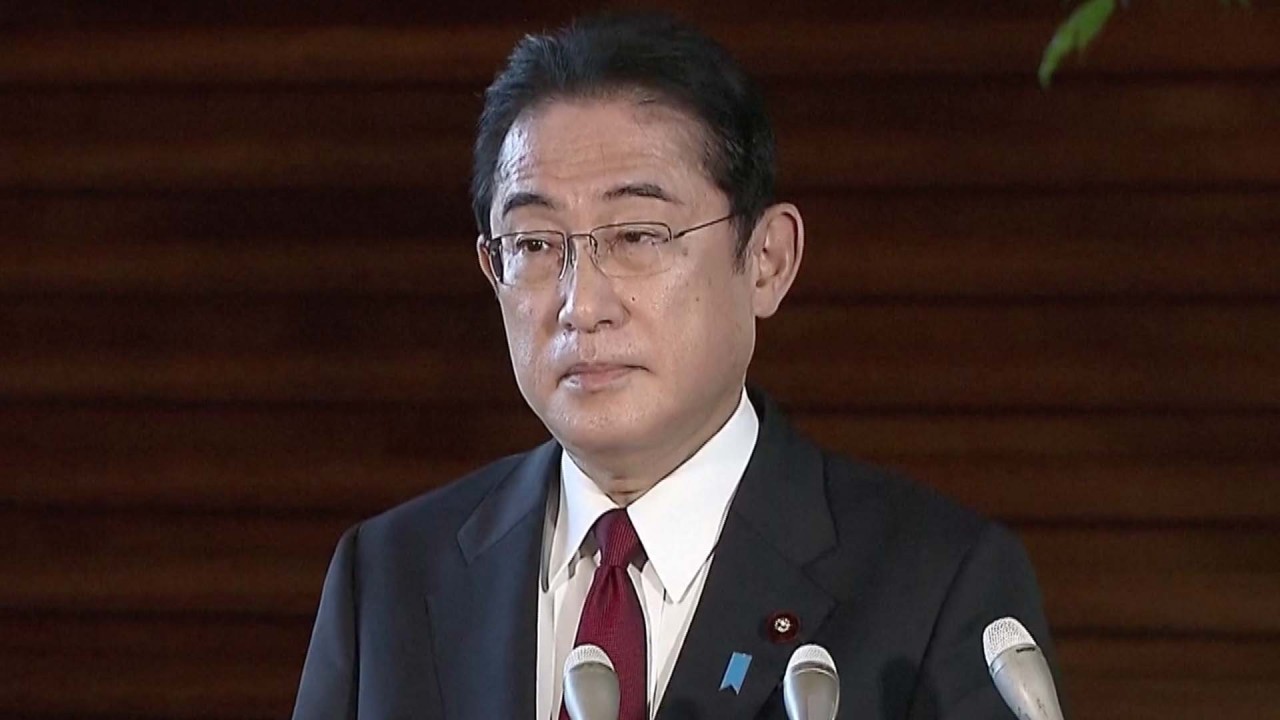
Despite boom in Chinese travel demand, Asian airlines hold out on boosting flights
- Many airlines are taking a wait-and-see approach before releasing more flights, since many are still ‘coming out of the Covid battlefield’, analysts say
- This is despite a surge in travel demand by Chinese citizens after three years of being shut in, with especially high interest in Singapore, South Korea, Hong Kong, Japan and Thailand
The Chinese government on Monday said it would ease tough border measures from January 8, in an about-turn on its three-year zero-Covid strategy. It would, on the same day, also resume visa applications for business, study and family reunions, and remove limits on the number of international passenger flights.

But while travel demand is high in China following three years of being shut in, according to aviation data provider Cirium, scheduled flights to China in the first three months of 2023 are up by less than 3 per cent this week compared to the previous week, which translates to fewer than 100 more flights each month.
This is in contrast to the swift response to China’s announcement, with many mainland residents rushing to book outbound flights, resulting in a 254 per cent surge on Tuesday morning compared to the day before, according to data from Trip.com.
Singapore ranked as the top destination, with flight bookings jumping 600 per cent while others such as South Korea, Hong Kong, Japan and Thailand leapt around 400 per cent.
“Only if the Chinese start travelling again with a vengeance will there be a capacity shortage,” said Subhash Goyal, president of India’s Confederation of Tourism Professionals.
Carriers adopt ‘wait-and-see’ approach
This would take some time as carriers would have to gauge the needs of the post-pandemic Chinese market, said Shukor Yusof, founder of aviation advisory firm Endau Analytics.
“Airlines will therefore need to move step by step and in tandem with the movements on the mainland – a challenging task that requires daily monitoring of the outbound and inbound travel patterns,” he said.
But this ultimately rests on the decision of Chinese policymakers.
“There are still many unknowns and these unknowns are mainly out of the control of airlines. For example how quickly outbound group travel is permitted,” said independent analyst Brendan Sobie.
“Removing quarantine and opening borders doesn’t simply open the floodgates. China is more complicated than that.”
On whether routes to second-tier cities in China should be reinstated, Yusof said it depended on the Civil Aviation Administration of China and development after borders fully reopened.
“It will have to take into account the readiness of the airports and other parts of the chain system that will cater to the large numbers of travellers expected,” he said, adding that it could be months before the situation stabilised.

Currently, Scoot operates weekly flights from Singapore to seven cities in China – including Fuzhou, Guangzhou and Nanjing.
Singapore Airlines on Friday reinstated its fortnightly passenger service to Beijing.
Both airlines told This Week in Asia they would continue to monitor the demand for air travel and adjust capacity accordingly.
Korean Air, which currently operates nine flights weekly to seven Chinese cities, said it would boost capacity to 15 flights to nine cities starting from next month.
In Japan, however, airlines will be asked not to increase the current number of flights to China.
Naidu said China should ensure its aviation ecosystem was well prepared and appropriately resourced to meet the anticipated spike in travellers to avoid interruptions and issues observed elsewhere.
But Sobie said from a manpower perspective, China’s aviation sector was ready for it.
“During the pandemic most aircraft and pilots, for example, remained active. There was strong government support,” he said, adding that China had a massive domestic industry which performed well even during the pandemic.

Prohibitive ticket prices?
“It’s obnoxious. Ticket prices are between 75 to 150 per cent higher compared to pre-Covid (days),” said Rajeev Kohli, president of Euromic, a non-profit marketing association of the world’s leading Destination Management Companies.
However, regional airline charter companies, which used to do group bookings out of China to destinations like Thailand, were likely to come roaring back following the reopening, an operator said.
“There will be a lot of airline charter companies which will be deploying aircraft. I don’t think there will be a capacity crunch because leased aircraft are still available [and will be able to fill the gap for airline capacity],” said Ajay Soni, a Bangkok-based businessman who provides charter and aircraft leasing services.
“China was closed for three years. I am sure there will be a huge exodus,” he said.
Additional reporting by Biman Mukherji


